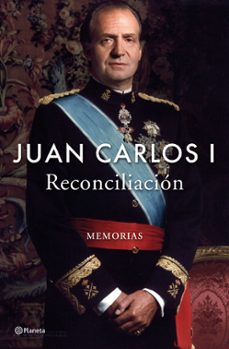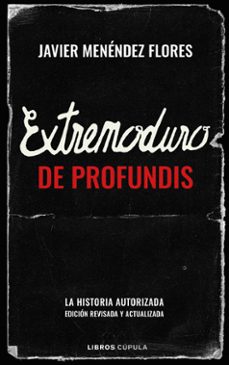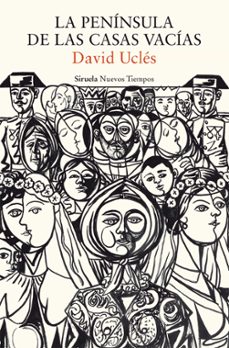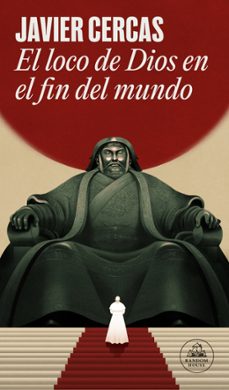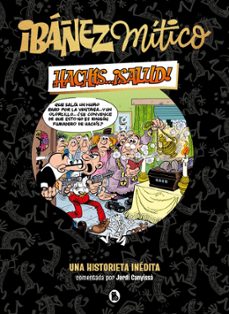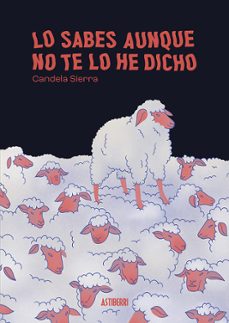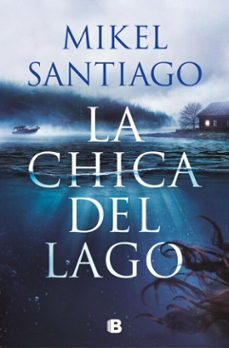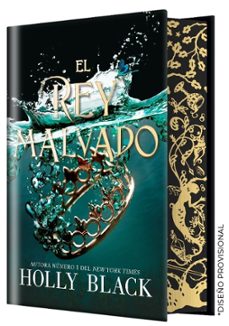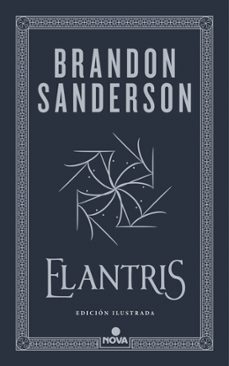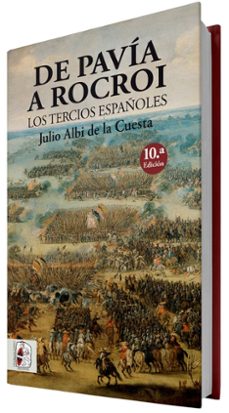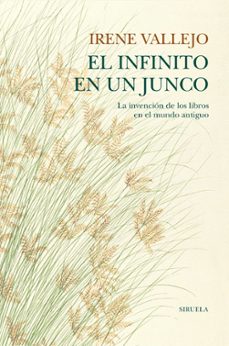📗 Libro en inglés THE PEARL
PENGUIN- 9780140187380
Sinopsis de THE PEARL
&ldquoThere it lay, the great pearl, perfect as the moon.&rdquo
A Penguin Classic
One of Steinbeck&rsquos most taught works, The Pearl is the story of the Mexican diver Kino, whose discovery of a magnificent pearl from the Gulf beds means the promise of a better life for his impoverished family. His dream blinds him to the greed and suspicions the pearl arouses in him and his neighbors, and even his loving wife Juana cannot temper his obsession or stem the events leading to tragedy. This classic novella from Nobel Prize-winner John Steinbeck examines the fallacy of the American dream, and illustrates the fall from innocence experienced by people who believe that wealth erases all problems.
This Penguin Classics edition features an introduction by Linda Wagner-Martin and original illustrations by Mexican artist José Clemente Orozco.
For more than seventy years, Penguin has been the leading publisher of classic literature in the English-speaking world. With more than 1,700 titles, Penguin Classics represents a global bookshelf of the best works throughout history and across genres and disciplines. Readers trust the series to provide authoritative texts enhanced by introductions and notes by disting
A Penguin Classic
One of Steinbeck&rsquos most taught works, The Pearl is the story of the Mexican diver Kino, whose discovery of a magnificent pearl from the Gulf beds means the promise of a better life for his impoverished family. His dream blinds him to the greed and suspicions the pearl arouses in him and his neighbors, and even his loving wife Juana cannot temper his obsession or stem the events leading to tragedy. This classic novella from Nobel Prize-winner John Steinbeck examines the fallacy of the American dream, and illustrates the fall from innocence experienced by people who believe that wealth erases all problems.
This Penguin Classics edition features an introduction by Linda Wagner-Martin and original illustrations by Mexican artist José Clemente Orozco.
For more than seventy years, Penguin has been the leading publisher of classic literature in the English-speaking world. With more than 1,700 titles, Penguin Classics represents a global bookshelf of the best works throughout history and across genres and disciplines. Readers trust the series to provide authoritative texts enhanced by introductions and notes by disting
Ficha técnica
Editorial: Penguin
ISBN: 9780140187380
Idioma: Inglés
Número de páginas: 128
Tiempo de lectura:
2h 34m
Encuadernación: Tapa blanda
Fecha de lanzamiento: 01/01/2000
Año de edición: 2000
Especificaciones del producto
Escrito por John Steinbeck

John Steinbeck (Salinas, 1902 - Nueva York, 1968). Narrador y dramaturgo estadounidense. Estudió en la Universidad de Stanford, pero desde muy joven tuvo que trabajar duramente como albañil, jornalero rural, agrimensor o empleado de tienda. En la década de 1930 describió la pobreza que acompañó a la Depresión económica y tuvo su primer reconocimiento crítico con la novela Tortilla Flat, en 1935. Sus novelas se sitúan dentro de la corriente naturalista o del realismo social americano. Su estilo, heredero del naturalismo y próximo al periodismo, se sustenta sin embargo en una gran carga de emotividad en los argumentos y en el simbolismo presente en las situaciones y personajes que crea, como ocurre en sus obras mayores: De ratones y hombres (1937), Las uvas de la ira (1939) y Al este del Edén (1952). Obtuvo el premio Nobel en 1962.
Descubre más sobre John Steinbeck Recibe novedades de John Steinbeck directamente en tu email
Opiniones sobre THE PEARL
¡Sólo por opinar entras en el sorteo mensual de tres tarjetas regalo valoradas en 20€*!


